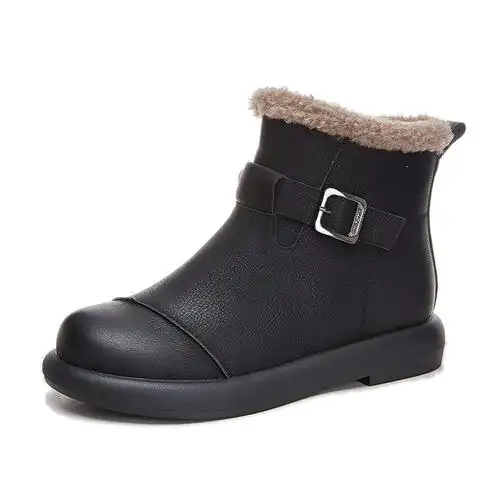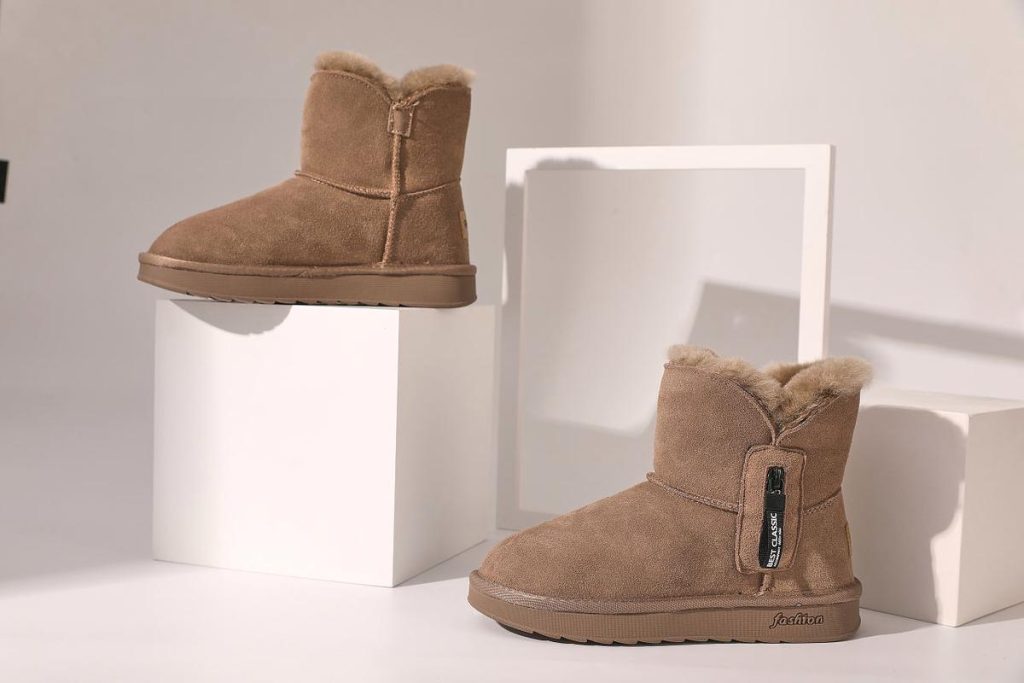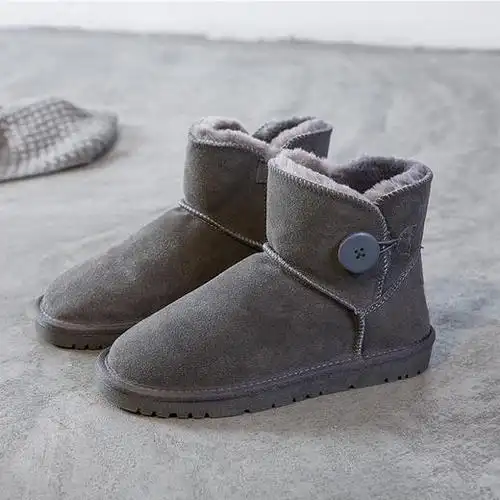


Introduction
The global footwear industry is undergoing a digital revolution, driven by consumer demand for personalized, sustainable, and instant gratification. At the forefront of this transformation are Jinjiang’s footwear manufacturers, who are blending virtual reality (VR), 3D printing, and AI-driven design tools to create shoes faster, cheaper, and more sustainably than ever before. As the “World Shoe Capital,” Jinjiang is no longer just a manufacturing hub—it’s a pioneer in redefining how shoes are conceptualized, tested, and delivered to consumers worldwide. This article explores how these cutting-edge technologies are reshaping the future of footwear.
—
1. Virtual Try-Ons: Bridging the Gap Between Design and Consumer
Gone are the days of lengthy sample iterations and physical prototypes. Jinjiang factories now leverage AI-powered virtual try-on systems to streamline the design process and enhance consumer engagement.
– Real-Time Customization: Customers can adjust shoe designs (e.g., color, cushioning, arch support) in real time using augmented reality (AR) apps, reducing design-to-production cycles from months to weeks.
– Global Market Insights: AI algorithms analyze virtual try-on data to predict regional preferences, enabling brands to tailor products for specific markets. For example, lightweight soles might dominate European orders, while cushioned midsoles gain traction in North America.
– Cost Efficiency: Eliminating physical prototypes cuts material waste by 40% and accelerates time-to-market for limited-edition releases.
This tech-driven approach not only meets Gen Z’s demand for instant customization but also reduces overproduction—a critical issue in today’s sustainability-driven market.
—
2. 3D Printing: Precision and Sustainability in Every Stitch
Jinjiang’s factories are adopting industrial-grade 3D printing to produce shoes with unparalleled precision and minimal waste.
– On-Demand Production: Instead of mass-producing entire lines, factories print shoes in small batches based on real-time demand, minimizing inventory risks.
– Eco-Friendly Materials: Printers use recycled thermoplastics, biodegradable resins, and even algae-based foams, creating shoes that decompose naturally at end-of-life.
– Complex Geometries: Traditional manufacturing struggles with intricate designs, but 3D printing allows seamless integration of ergonomic structures, honeycomb lattices, and lattice soles for superior comfort.
Leading factories have reduced material waste by up to 60% while maintaining the durability required for athletic and everyday footwear.
—
3. AI-Driven Design: From Data to Breakthrough Innovations
Artificial intelligence is transforming how Jinjiang’s designers conceptualize footwear.
– Predictive Trend Analysis: AI scans social media, runway shows, and search trends to identify emerging styles, colors, and materials. For instance, the rise of “digital nomad” lifestyles has spurred demand for ultra-lightweight travel shoes.
– Automated Prototyping: AI tools generate 3D shoe models based on input parameters (e.g., biomechanics, target audience), slashing design time by 70%.
– Consumer Co-Creation: Brands invite customers to vote on design elements via gamified platforms, fostering community engagement and ensuring market alignment.
This data-centric approach turns fleeting trends into scalable, profitable products.
—
4. Sustainability Meets Scalability
Jinjiang’s tech integration isn’t just about innovation—it’s about aligning with global sustainability goals.
– Zero-Waste Production: 3D printing eliminates fabric offcuts, while AI optimizes material usage for each shoe model.
– Circular Design: Shoes are designed for disassembly, with modular components that can be recycled or upcycled.
– Carbon-Neutral Factories: Leading facilities offset emissions via solar energy and carbon credit programs, appealing to ESG-focused brands.
By merging scalability with eco-conscious practices, Jinjiang factories help brands meet both consumer and regulatory demands.
—
5. The Future of Footwear: A Collaborative Ecosystem
The next frontier lies in collaborative manufacturing ecosystems where Jinjiang factories act as innovation hubs for global brands.
– Open Innovation Platforms: Brands can access Jinjiang’s design tools, material libraries, and AI algorithms to co-develop products remotely.
– NFT Integration: Digital shoe collectibles paired with physical pairs are creating new revenue streams, appealing to the metaverse generation.
– Localized Micro-Factories: Decentralized production units in key markets enable faster delivery and reduced carbon footprints.
This shift from linear manufacturing to a dynamic, tech-driven network positions Jinjiang as a leader in the future of footwear.
—
Conclusion
Jinjiang’s footwear manufacturers are proving that tradition and innovation can coexist. By embracing virtual try-ons, 3D printing, and AI-driven design, they’re not only meeting today’s challenges but also shaping tomorrow’s industry standards. For global brands, partnering with Jinjiang means gaining a strategic ally that delivers speed, sustainability, and scalability—all while staying ahead of the curve.
Call to Action
Ready to revolutionize your footwear line? Partner with Jinjiang’s tech-forward factories to turn visionary designs into reality—faster, greener, and more profitably than ever.
Article link:https://www.vlefooena.com/manufacturer/3687/

No reply content